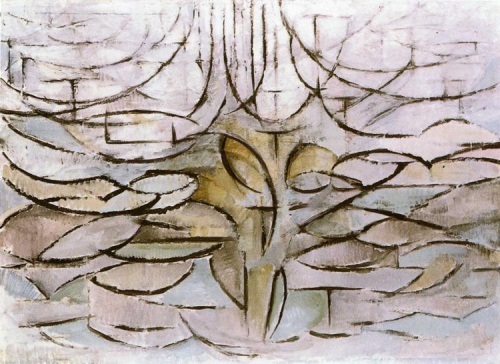First Impressions:
This book was a relatively easy read for me, and I breezed through it in a couple of days. The images were detailed and glossy, especially the stunning image of “Two Sisters on the Terrace” on the front cover. I thought the biography of Renoir was thorough and precise, and I especially appreciated the tiny quotes by Renoir that were placed throughout the pages. The book also provided an excellent overview of Impressionism, and Renoir’s own involvement with the movement was laced gracefully throughout the general description. His involvement with other artists (i.e. Manet, Monet, Bazille, and Morisot) was highlighted as well, which added a wholesome touch to his biography. I learned much about Renoir after reading this informational book, especially the fact that he liked to paint nude young women—a lot. Although none of the paintings are crude, the “male gaze” and nudity is evident in several paintings in Renoir’s later years.Sentence that Summarizes the Book:
Simply put, Renoir was a no-fuss painter who enjoyed life and the sunlight, was in love with painting and pretty, young girls, and liked to capture the fleeting yet unforgettable moments in life with brilliant dabs of color.Important Events and a Quick Summary:
Renoir was born on February 25th, 1841 in Limoges, France (a town in the southwest of France). At the time, French politics were in a whirlwind with Napoleon III coming to power and establishing the “Second Empire.” His first dabble in the artistic world was as a porcelain painter for a coffee cup company. He learned the flouncy and frivolous Rococo style, but Renoir was forced to find work elsewhere when machines (part of the Industrial Revolution) replaced his hand-painting job. He attended the College of Fine Arts in Paris in 1862, and there he learned the rigid and pretentious Neoclassical style (which he did not prefer). However, the upside of art school was that Renoir met friends who were just as disenchanted with the snobbish art style as he was: Monet, Sisley, and Bazille. Another landmark in Renoir’s career was in 1864; his first painting, “Esmeralda Dancing with a Goat,” was accepted into the Salon, an annual display of art that attracted viewers from all over France and the world. Renoir often painted his easygoing friends in Fontainebleau, and he considered himself a poor yet happy “bohemian” who lived off the support of others (i.e. Bazille). Impression began to emerge as a prominent art style in the 1870s-1880s, and it was during this time that Renoir painted scenes of merriment, dancing, parties, meadows, the sea, busy streets, and the theater with bright, reflective colors that mirrored the sunlight. He also painted outdoors several times with Monet and physically brought his canvases to the places he was painting (i.e. “Le Moulin de la Galette”). The first purely Impressionist (which was initially a derogatory name for the slashing, incoherent paintings) exhibition was in 1874 and seven more were to eventually follow. His masterpieces were generally happy, devoid of complicated themes, and meant to be light/pleasing to the eye (like Rococo art). He painted at the La Grenouillére and also on the Seine, relishing the fresh air and the ephemeral quality of light. However, one can only paint the same snapshots of gaiety in the sunlight so many times; in the late 1880s, Renoir entered a Dry Period in which he painted very little. However, once this lack of inspiration waned, Renoir’s art style changed distinctly. He painted firmer brushstrokes that weren’t wild and erratic; his palette turned peach and his canvases became more “smooth” on the surface (no haphazard globs of paint). He painted several nude women later on in this life; however, his serious rheumatoid arthritis prevented him from holding a paintbrush properly. At the end of his life, Renoir began to make sculptures (using someone else’s able hands, of course) and paintings of beautifully colored flowers and fantasy landscapes. He died in December of 1919 in Cagnes, France.
Renoir




